I love color! But until recently, I was afraid to use bold colors in my home. I limited myself to pastels and neutrals to stay on the safe side and not end up with colors that I could not live with. However, 7 years ago I decided to take a risk and I bought myself a butter yellow sofa and love seat! With 2 multi-colored coordinating side chairs, my new family room looked fresh, energetic, warm and welcoming. As I learned about the color wheel and color schemes, I gained more confidence to try out the bold side of color. So, I began adding red and green accents to my family room. Hence, creating a color scheme of yellow, red and green.
Unfortunately, the butter yellow sofa had to go 2 months ago after suffering a “break down” from years of abuse. So, I brought in the leather brown sofa from the basement which resulted in a shift of balance in the colors of my scheme. I don’t want to confuse you with too much information, so I will explain balance in color schemes next week. Here is a picture of my current family room where red became the dominant color in the design.
A color scheme consists of a number of colors arranged together in a way that is pleasing. In order to understand color schemes, I need to bring in the color wheel. Don’t worry, you don’t have to memorize the color wheel but you have to refer to it if you want to create successful color combinations.
The color wheel consists of the three primary colors (red, yellow, blue), the three secondary colors (green, violet, orange) and the result of mixing equal parts of the primary and the secondary colors results in tertiary colors (Yellow-green, yellow-oragne, red-orange, red-violet, blue-violet and blue-green).
Not all color wheels show the range of value for each color which is why I like this one. Notice the variety of shades you can end up with as you move towards the center of the circle. Each shade represents the amount of White color added to the original color (tinting) until that color no longer exists and you end up with white.
Color schemes are derived from the color wheel. Here are the most popular color schemes from the simplest to the not so simple ones. I provided a representation of each from Houzz.com
Monochromatic color scheme
Consists of ONE color in varying shades. This results in elegant and calming rooms.
Analogous Color Scheme
This is when colors that are side by side on the color wheel are used in a design. Due to the lack of contrast between the two colors, the final result is soothing. Example: Green and Cyan
Complementary Color Scheme:
This is achieved with colors that are directly opposite each other on the color wheel. Draw a strait line from one color across the wheel to find that color’s contrast. Example, Yellow and Violet. Due to their contrast, Complementary color schemes are energetic and exciting.
Split Complementary Color Scheme:
This involves choosing a color but instead of selecting its complement, two colors, one on each side of its complement are selected. Ex: Green, Magenta and Orange.
Neutrals (white, black, beige, brown and gray) are not considered colors. However, they are extremely important in anchoring and balancing the colors in a room. That does not mean that you can not create successful color schemes using neutrals. Take a look at these:
I hope this information will help you make the right choices when selecting colors for your home. Next week, I will share with you some tips on how to create a balanced color scheme. So, stay tuned.
Until Next Time~

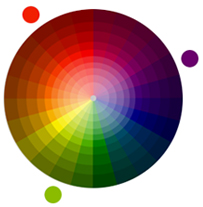
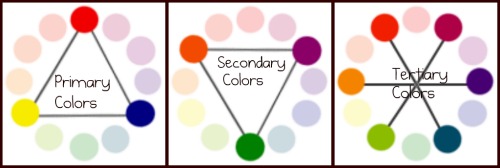

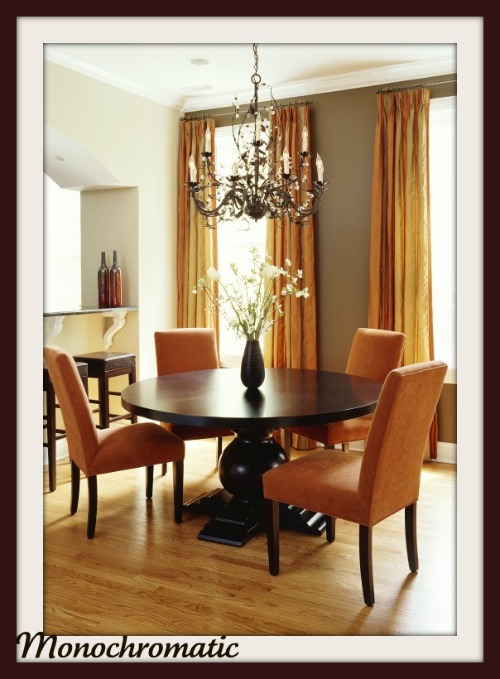

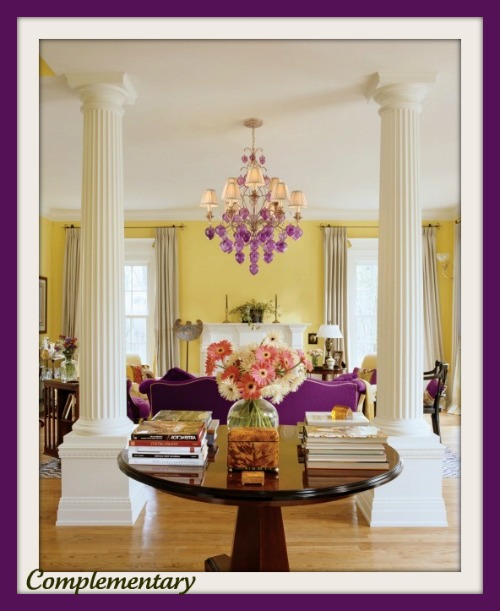
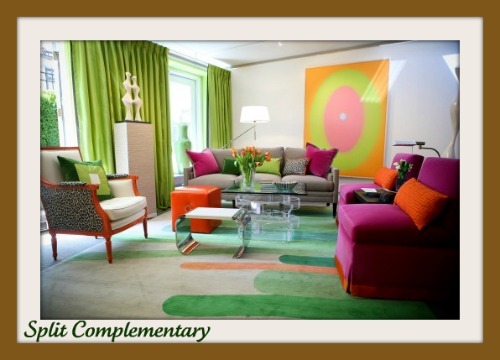
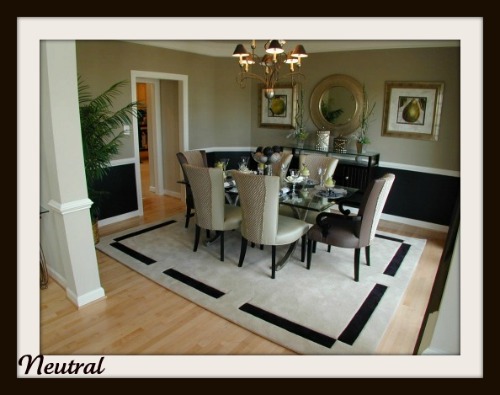
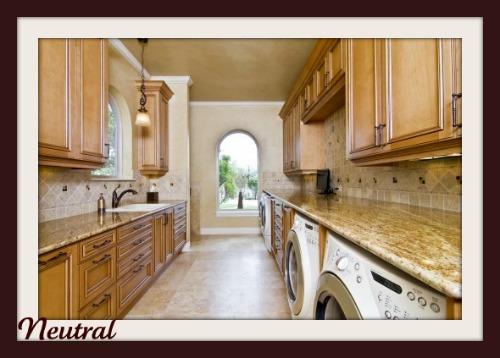

Leave a Reply